May 24, 2025 | 03:54 GMT +7
May 24, 2025 | 03:54 GMT +7
Hotline: 0913.378.918
May 24, 2025 | 03:54 GMT +7
Hotline: 0913.378.918
Dr. Nguyen Thanh Binh, Deputy Director of the Vietnam Institute of Fisheries Economics and Planning (Ministry of Agriculture and Rural Development) was interviewed by Vietnam Agriculture News to gain a comprehensive understanding of marine tourism development activities associated with turtle and marine mammal conservation.
Sir, how do you assess the significance of linking sustainable tourism development with the protection of endangered, precious, and rare aquatic animals like sea turtles in national parks and marine protected areas? Could this eventually become a trend?
In national parks and marine protected areas, marine tourism associated with protecting and preserving endangered, precious, and rare aquatic animals such as corals and sea turtles has grown substantially in recent years. These maritime tourism activities contribute to the implementation of Resolution 36-NQ-TW of the Central Executive Committee dated October 23, 2018, as well as to the protection and conservation of marine species and ecosystems. Their habitat is the ocean.
The policy of the Party and State to develop marine economic sectors in accordance with the aforementioned Resolution is being broadly implemented in coastal communities. It can be said that this is an inevitable trend in the future to ensure harmony between sustainable tourism development and marine biodiversity conservation.
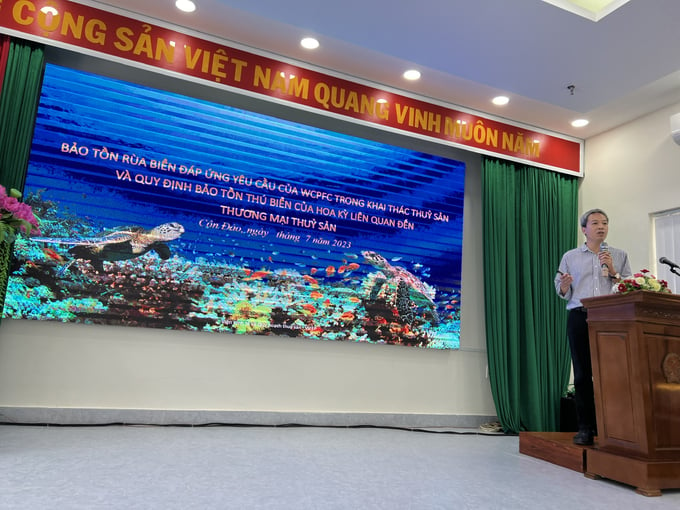
Dr. Nguyen Thanh Binh, Deputy Director of the Vietnam Institute of Fisheries Economics and Planning (Ministry of Agriculture and Rural Development) shared at the National Workshop on the conservation of sea turtles and marine mammals in Con Dao (Ba Ria - Vung Tau) at the end of July.
On the other hand, marine tourism generates significant financial resources for national parks and marine protected areas (MPAs) to implement marine conservation tasks in MPAs and littoral areas, thereby providing a source of income and a vital means of subsistence for locals residing in the MPA's vicinity. Specifically, in the context of coastal areas being subject to intense pressure on the socioeconomic development of localities such as aquaculture, fisheries exploitation, maritime transport, thermal power, wind power, steelmaking, tourism, etc.
Additionally, marine ecotourism activities alter the awareness, capacity, comprehension, and behavior of groups and individuals regarding the responsibility and benefits of protecting and preserving the marine ecosystem, which is degrading in the coastal regions of Vietnam. Protection has positive effects not only on endangered, precious, and rare aquatic species such as sea turtles and marine mammals, but also on the ecosystems on which they depend, as well as on wildlife habitats and the biodiversity of species living in the same habitat, as well as on the livelihoods of fishermen.
Six Senses Con Dao Company's high-end resort tourism combined with sea turtle conservation, the restoration of natural reproductive grounds for sea turtles, and the protection of secure beaches for egg-laying at Con Dao National Park are successful models. This model demonstrates that sea turtle conservation can be accomplished while generating a sustainable source of funding for marine conservation and contributing to and sustaining the development of local communities' livelihoods.
At Hon Cau Marine Reserve in Binh Thuan province, the model of local communities participating in patrolling and protecting sea turtles at spawning grounds on Hon Cau island serves the development of certain types of tourism, including scuba diving, viewing coral by glass-bottom boat, exploring the marine ecosystem, and picnicking.
In addition, there are additional ecotourism and marine tourism activities associated with the conservation and protection of coral reefs and in other Marine Protected Areas (MPAs) throughout the country, such as in Nhon Hai, Nhon Ly (Binh Dinh), and Marine Protected Areas. The Cu Lao Cham Marine Reserve, Nha Trang Bay Marine Protected Area, Nui Chua National Park, and Phu Quoc National Park are also being developed well, step-by-step toward sustainability, thereby contributing to the protection of marine biodiversity and aquatic resources, in particular endangered, valuable, and rare aquatic species and their habitats.
In addition, it is necessary to ensure that the relationship between tourism development and the conservation of endangered, precious, and rare aquatic species is always considered and evaluated scientifically and comprehensively, in accordance with the practical situation in each locality, in order to minimize negative and unintended impacts of tourism development on the conservation of rare and endangered aquatic species.
According to you, what policies and solutions are necessary to increase the involvement of the private sector, international organizations, and non-governmental organizations in the conservation of endangered, precious, and rare aquatic species such as sea turtles and marine mammals?
In accordance with the provisions of the law on fisheries, the management committees of MPAs are required to develop and submit a master plan for the development of ecotourism, resorts, and amusement in MPAs to the competent authorities for promulgation. The project is the basis for businesses to have a basis for long-term investment, operate in an organized manner in accordance with the law, and contribute to the conservation and protection of endangered and precious aquatic species, such as sea turtles and marine mammals, through the revenue of organizations participating in implementing ecotourism, resort and entertainment activities in MPA and other financial obligations based on the regulations.
In addition, the MPA's management council must review the provisions of the management regulations and develop a plan to adapt the functional subdivisions' boundaries to the MPA's general situation and actual management; Propose investments in MPA necessities such as navigation buoys, buoys indicating the boundaries of functional areas, buoys to anchor tourism vessels, buoys to facilitate diving to observe coral, garbage cans, trash collection, and waste treatment at the MPA.
Creating an MPA management plan is also crucial. The management plan must be developed for a one-year, five-year, or ten-year period with the participation of relevant parties such as local authorities, service and tourism providers, NGOs, international organizations, scientific researchers, fishermen, and local communities. Protection, conservation, and restoration of aquatic ecosystems and endangered, valuable, and rare aquatic species; scientific research and experimentation, including monitoring of biodiversity and aquatic resources; education and communication; services and employers; basic MPA construction and finances, including a detailed budget for activities such as revenues and expenditures. Finally, the management plan should specify how hazards to species and ecosystems within the MPA will be addressed.
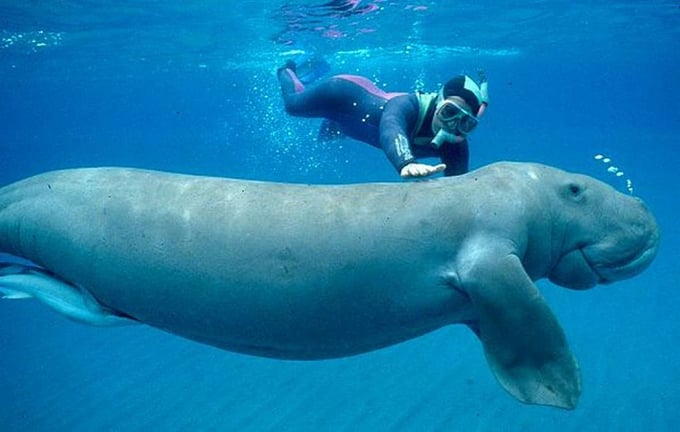
Preserving and protecting rare marine animals requires the cooperation of many state agencies and public-private partnerships.
Based on the management plan, ecotourism development project, and pertinent legal provisions, the MPA management board needs to widely propagate and disseminate the development orientations of the MPA to attract and attract visitors. Encourage investment and support for conservation activities, including the protection of endangered, precious, and rare aquatic species and their habitats in MPAs, ecotourism, resort, and entertainment activities, among others. Activities pertaining to the development of livelihoods for people living in and around the MPA, with a particular focus on supporting the creation of sustainable livelihoods for locals in order to reduce pressure on resource exploitation, devastation, and landscape change in the MPA.
The participation of communities residing within and adjacent to the MPA is also crucial. People can participate in patrolling, regulating, and detecting violations in MPA, which is common in the management practices of the vast majority of MPA, particularly in light of the increasing difficulties and limitations of human and financial resources in MPA. People also provide ecotourism services associated with ecosystems and endangered, precious, and rare aquatic species in the MPA, such as hospitality services, scuba diving, and coral viewing services in Cu Lao Cham, Hon Cau, experiential tourism is associated with sea turtle conservation.
Localities must also have policies and solutions to support and encourage the participation of enterprises, non-governmental organizations, and international organizations in the conservation and protection of endangered aquatic species. Concurrently, develop and disseminate norms and methods for managing revenue and spending fees in the MPA so that businesses and organizations providing tourism services and MPA management committees have a clear premise for obtaining sustainably cover the costs of its professional activities.
Thank you!
Translated by Dieu Linh
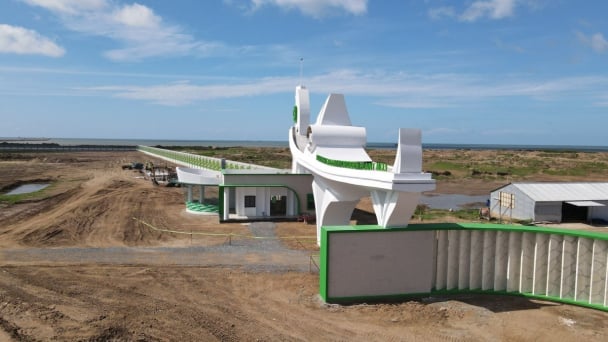
(VAN) The People's Committee of Tra Vinh province has approved an adjustment to the investment policy for the Green Hydrogen Plant project, increasing its area to approximately 52.76 hectares.
![Reducing emissions from rice fields: [2] Farmers’ commitment to the soil](https://t.ex-cdn.com/nongnghiepmoitruong.vn/608w/files/news/2025/05/05/dsc08881jpg-nongnghiep-140632.jpg)
(VAN) Clean rice cultivation model in Thuong Tan commune, Bac Tan Uyen district, is assisting local residents in achieving sustainable agriculture by substantially reducing costs, increasing productivity, and protecting the environment.
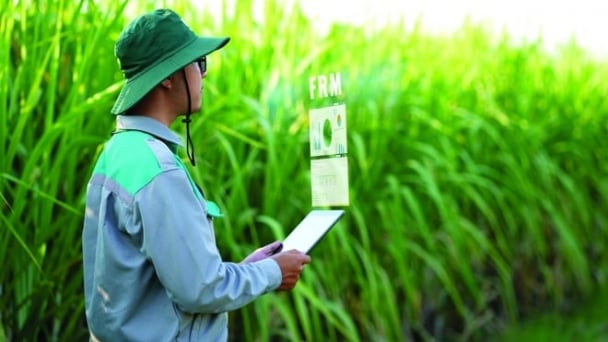
(VAN) At the conference to disseminate Resolution No. 68, AgriS introduced its digital agricultural ecosystem and reaffirmed its commitment to accompanying the Government in promoting private sector development and sustainable agriculture.
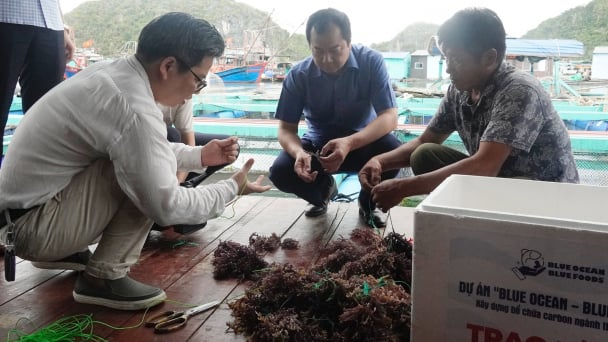
(VAN) 'Blue Ocean - Blue Foods' initiative is designed to restore marine ecosystems and establish sustainable livelihoods for local communities by cultivating a minimum of 1,000 hectares of cottonii seaweed in the first three years.
/2025/05/21/4642-3-112707_603.jpg)
(VAN) The V-SCOPE project has made direct contributions to three out of six pillars of the Comprehensive Strategic Partnership between Vietnam and Australia.
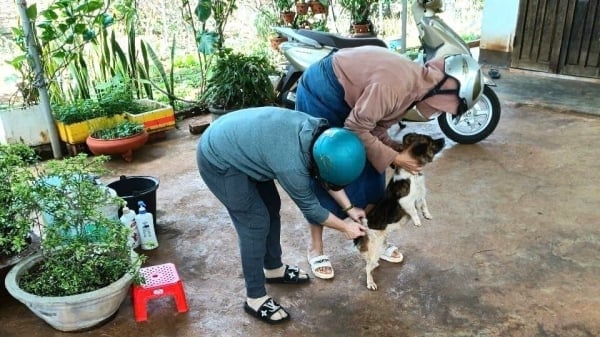
(VAN) Facing the threat of rabies spreading to the community, Gia Lai province urgently carries out measures to vaccinate dogs and cats on a large scale.
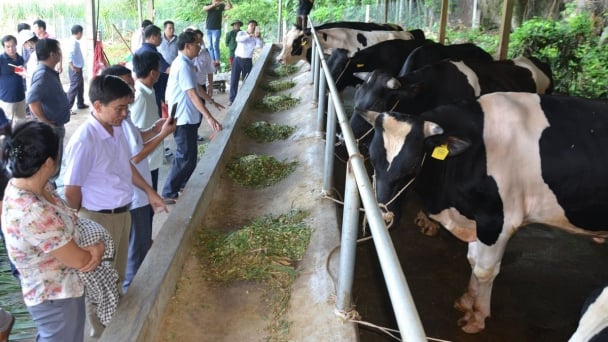
(VAN) Disease-free livestock farming not only protects livestock herds but also stabilizes production and livelihoods for many farmers in Tuyen Quang.